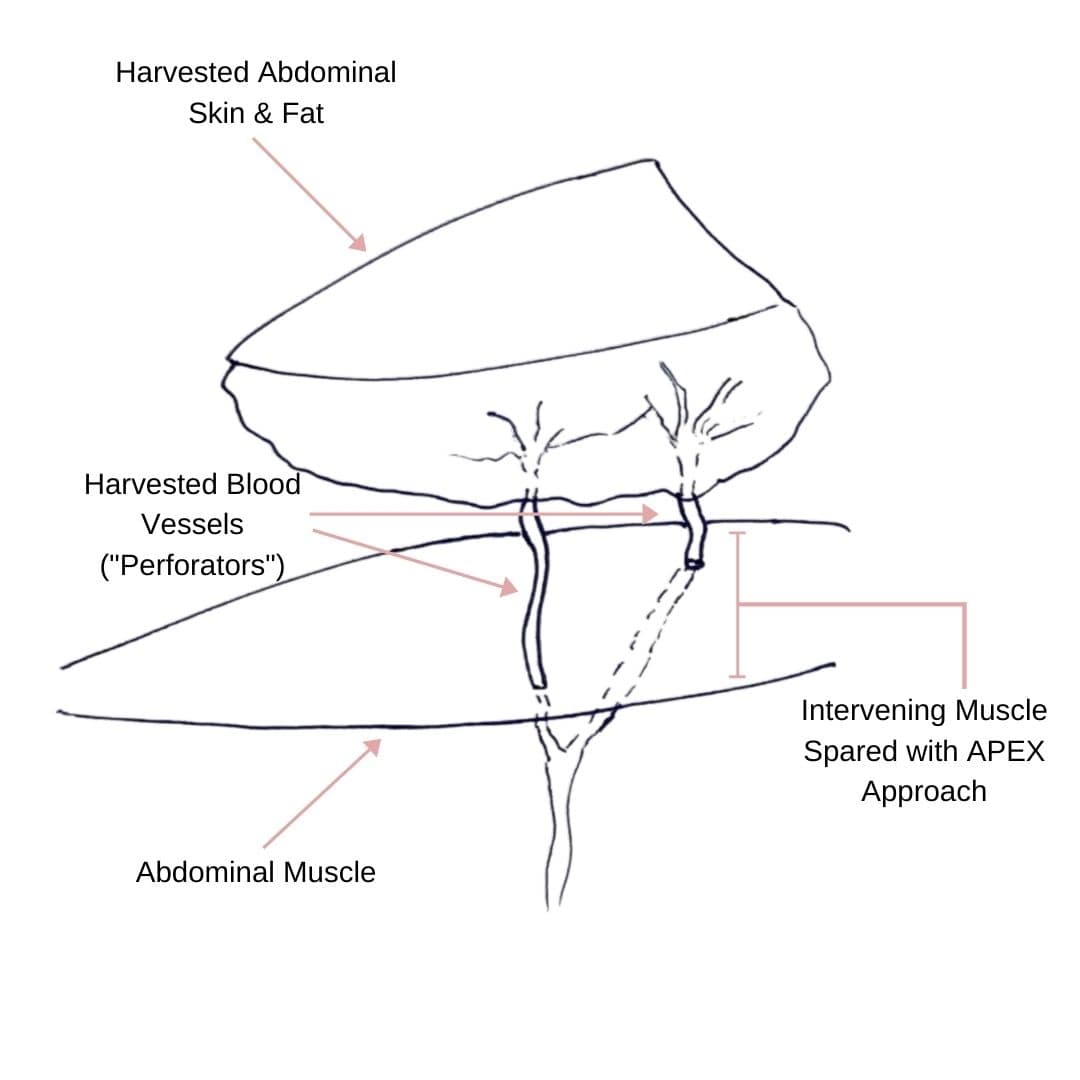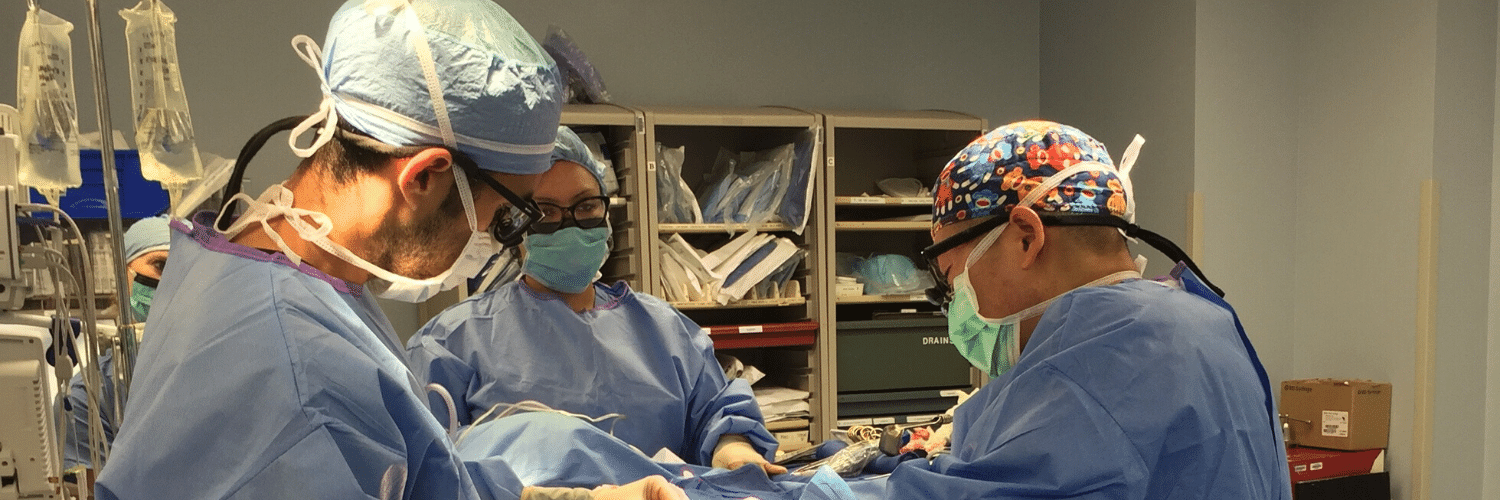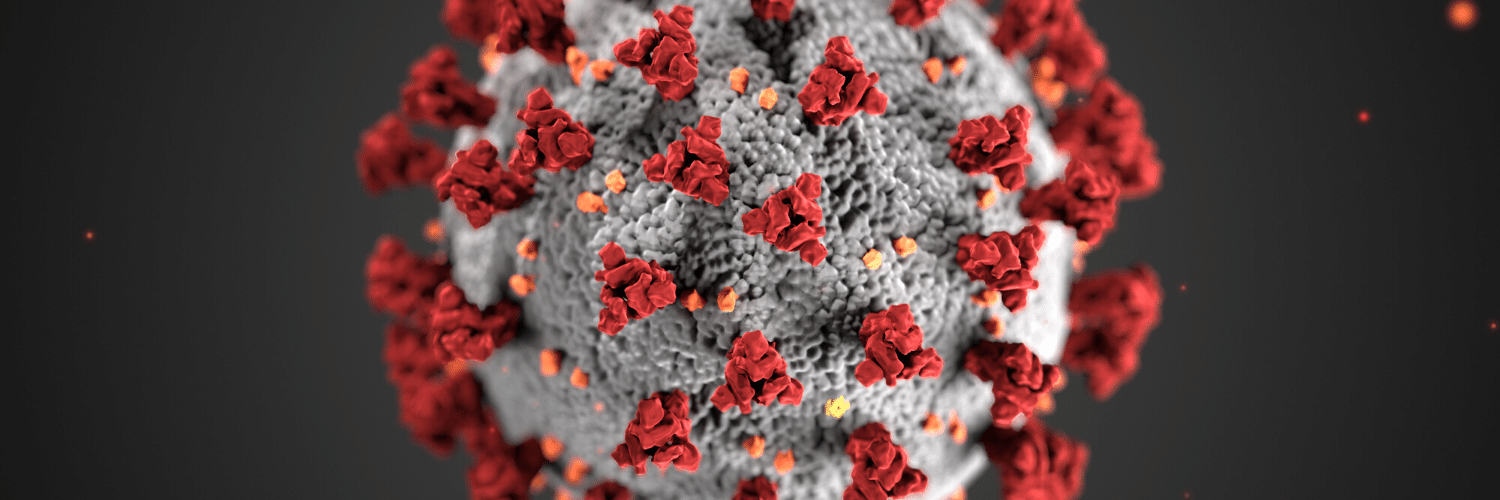
- 0 Comments
- PRMA Plastic Surgery
Lymphedema is a medical condition common among patients who have undergone breast cancer surgery and/or radiation therapy. Lymphedema develops when the lymphatic fluid “back up” in patients who have had lymph nodes removed, had cancer involvement of the lymph nodes, or had radiation to the axilla.
Here are 5 Lymphedema facts you may not know…
1. 45% of women that undergo a traditional axillary node dissection will be at risk for developing lymphedema. This procedure involves removing lymph nodes in the armpit area when cancer has spread into the lymphatic system. Axillary lymph node dissection is the most common place for lymphedema to begin.
2. Swelling is not the only symptom of Lymphedema. Other symptoms, in addition to persistent inflammation, may be present. A few of these symptoms include your arm feeling heavy and tight, a limited range of motion, dull aching in the area that radiates down your extremity, recurrent infections from things like a small cut, and hardening of the skin in the area.
3. Radiation treatment can make Lymphedema more severe. Patients that undergo radiation therapy in addition to a mastectomy, lumpectomy, sentinel lymph node biopsy, or axillary lymph node dissection are at a greater risk for developing lymphedema. However, the percentage of increase in their risk is unknown at this time.
4. There are non-surgical options for lymphedema. Non-surgical options are always recommended as a preliminary treatment, before surgery. Non-surgical treatments include range of motion exercises, elevation, lymphatic massage and drainage, compression garments, intermittent pneumatic compression devices, and multi-layered banding. These treatments can be effective in mild to moderate cases of lymphedema.
5. There are two surgical options for Lymphedema, Lymphatic-to-vascular anastomosis (LVA) and vascularized lymph node transfer (VLNT). LVA is one of the newest methods in treating lymphedema and involves your lymphatic channels being connected to nearby veins under a microscope. By creating an alternate route for your lymphatic fluid to return to your heart, lymphedema symptoms can be drastically reduced. VLNT is a surgical treatment that involves replacing lymph nodes that are damaged or removed by breast cancer treatment with healthy lymph nodes from another part of the body.
Author: Dr. Ramon Garza III and Delaney Crawford
Lymphedema is a medical condition common among patients who have undergone breast cancer surgery and/or radiation therapy.
Leave Comment
Sign Up for Our Monthly Newsletter
Continue Reading

Breast Reconstruction Surgery and Your Period
Breast Reconstruction Surgery and Your Period December 02, 2020 Share on Facebook Twitter Linkedin During our pre-operative appointment with patients, a topic that occasionally arises is menstrual cycles. It is completely normal for women to experience changes with their periods throughout breast cancer treatments. These can be temporary or permanent. Periods can be unpredictable following […]

What Bras and Abdominal Girdles to Wear After Breast Reconstruction Surgery
What Bras and Abdominal Girdles to Wear After Breast Reconstruction Surgery November 17, 2020 Share on Facebook Twitter Linkedin When preparing for breast reconstruction surgery, many patients want to know what types of bras and abdominal girdles they should plan to wear after surgery. Although every surgeon has slightly different preferences, we have put together […]

My 5 DIEP Flap Realities | A Guest Blog From Julie
My 5 DIEP Flap Realities October 28, 2020 Share on Facebook Twitter Linkedin Hi everyone, my name is Julie from It’s a Bosom Thing. I am so happy to be here as a guest blogger and have this opportunity to share with you a few thoughts about life after DIEP Flap Surgery. I was diagnosed […]

PRMA’s BRA Day Virtual Event Recap
PRMA’s BRA Day Virtual Event Recap September 08, 2020 Share on Facebook Twitter Linkedin Yesterday we celebrated Breast Reconstruction Awareness day! Although we missed seeing everyone in person this year, we were still able to spread education and awareness on ALL reconstructive options through our virtual efforts. We were also able to share information on […]

Second Stage DIEP Flap Surgery
Second Stage DIEP Flap Surgery September 08, 2020 Share on Facebook Twitter Linkedin DIEP flap breast reconstruction is typically comprised of at least two stages for the best outcomes. The second stage of surgery is commonly referred to as the “revision” stage and is usually performed about three months after the initial reconstruction. The purpose […]

If ‘Flaps’ Are Such A Great Breast Reconstruction Option, Why Doesn’t Everyone Get Them?
If ‘Flaps’ Are Such A Great Breast Reconstruction Option, Why Doesn’t Everyone Get Them? September 08, 2020 Share on Facebook Twitter Linkedin Flap-based breast reconstruction procedures, like the DIEP flap, offer patients a safe, natural implant-alternative option to reconstruction after a mastectomy. Flap surgeries are permanent and are associated with fewer complications after radiation when […]

What is a Skin Island and How is it Used in Breast Reconstruction?
What is a Skin Island and How is it Used in Breast Reconstruction? September 08, 2020 Share on Facebook Twitter Linkedin What is a “skin island”? The term “skin island” is used to describe the remaining visible skin from a transplanted “flap” of tissue. In the setting of DIEP flap breast reconstruction, the skin island […]

Comparing APEX Flap and DIEP Flap Breast Reconstruction
Comparing APEX Flap and DIEP Flap Breast Reconstruction August 10, 2020 Share on Facebook Twitter Linkedin We have been receiving numerous inquiries about the “APEX flap” recently. Patients want to know what it is and how it differs from the DIEP flap. APEX is an acronym that stands for “Abdominal Perforator Exchange”. Many patients believe […]

Monitoring the Health of Your Flap During & After Surgery
Monitoring the Health of Your Flap During & After Surgery July 21, 2020 Share on Facebook Twitter Linkedin Autologous flap (or tissue) breast reconstruction procedures represent today’s most advanced options for rebuilding a breast(s) following mastectomy. The most commonly performed method of flap-based reconstruction at PRMA is the DIEP flap. During this procedure, surgeons transplant skin […]

COVID-19 and the Impact on Cancer Patient’s Mortality
COVID-19 and the Impact on Cancer Patient’s Mortality July 21, 2020 Share on Facebook Twitter Linkedin There is still so much we do not know about COVID-19. Likewise, there is little known about how this disease impacts mortality for cancer patients. A study published in The Lancet evaluated and characterized the outcomes of patients with cancer […]


No Comments